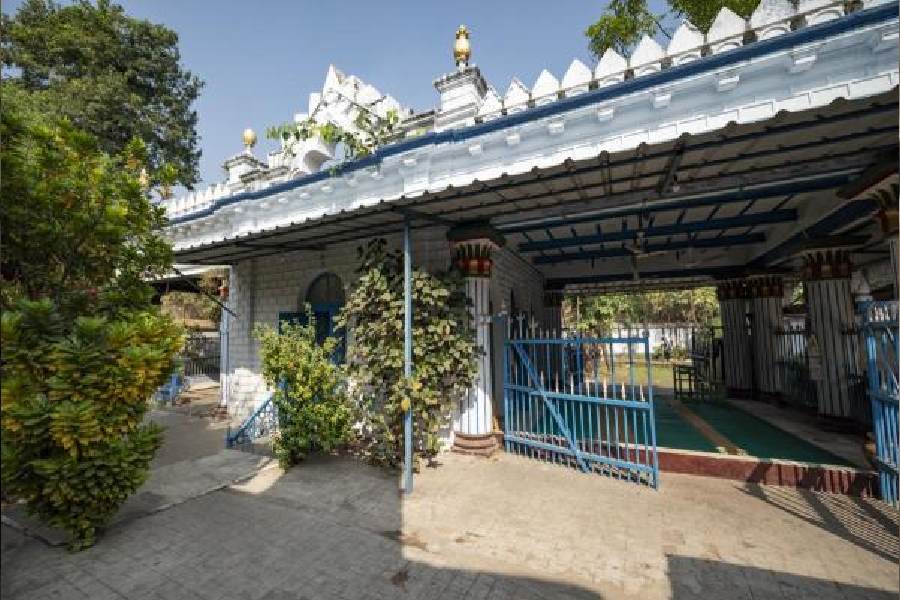Come and visit what remains of the built structures associated with Wajid Ali Shah in Metiabruz, the part of Kolkata that has been overlooked by most of the city’s dwellers, the speakers at a programme to commemorate the 200th birth anniversary of the last king of Awadh said on Saturday.
The lack of knowledge about the place only showed that “we are living together separately”, an organiser said.
Wajid Ali Shah set foot in Kolkata after the annexation of Awadh by the British in 1856. He spent the next 30 years of his life in the city and “built a mini-Awadh” here.
Saturday’s programme included a screening of some of the images of Metiabruz from the king’s time. The images included that of Sultan Khana, the palace of Wajid Ali Shah that no longer exists, and the zoo set up by the king, that doesn’t exist either.
Ninety per cent of what Wajid Ali Shah built has been destroyed but there are still some structures left, said Shaikh Sohail, one of the speakers on Saturday who has conducted several heritage tours in Metiabruz.
“Shahi Masjid, which was the personal mosque of the king where he and his family offered prayers, stands to this day. People can come and visit this place,” said Sohail.
Sultan Khana stood next to the Shahi Masjid.
Common people offer prayers in the mosque now and it is open to the public, he said.
The Sibtainabad Imambara, built by the king, is another place to visit. Wajid Ali Shah and his son, Birjis Qadr, are buried here. Qasrul Buka Imambara and Umda Mahal Imambara, built by the king’s wives, have survived, too.
Much of what was built by the king was destroyed later with support of the British, who enabled the takeover of these properties by others, Sohail said. “We want more people to come to see what remains. This way a consciousness will grow among people and this could help in retaining what has remained,” said Sohail.
One of the speakers said Wajid Ali was instrumental in adding to the popularity of kite flying in the city. He said kite flying was a tradition in Awadh and when Wajid Ali settled in Kolkata, he helped popularise it here, too.
Sabir Ahamed, founder of Know Your Neighbour, a group that promotes engagement with overlooked neighbourhoods in the city, said he found it surprising that the 200th birth anniversary of Wajid Ali Shah has failed to generate the excitement he expected.
Sudipta Mitra, a doctor and author of Pearl by the River, an account of the king’s days in Kolkata, spoke about the zoo that Wajid Ali had set up. “It had some of the fanciful animals that even the Alipore zoo failed to have in the later days,” he said.
“Metiabruz can be promoted as a place of interest for tourists. Wajid Ali Shah spent a considerable part of his life here. This is also the hub of garment manufacturing. But most of the city is ignorant of this part of Kolkata,” he said.
Know Your Neighbour and Intach (Indian National Trust for Art and Cultural Heritage) Hooghly jointly organised Saturday’s programme.
Manzilat Fatima, a descendant of Wajid Ali Shah, was present at the programme.






